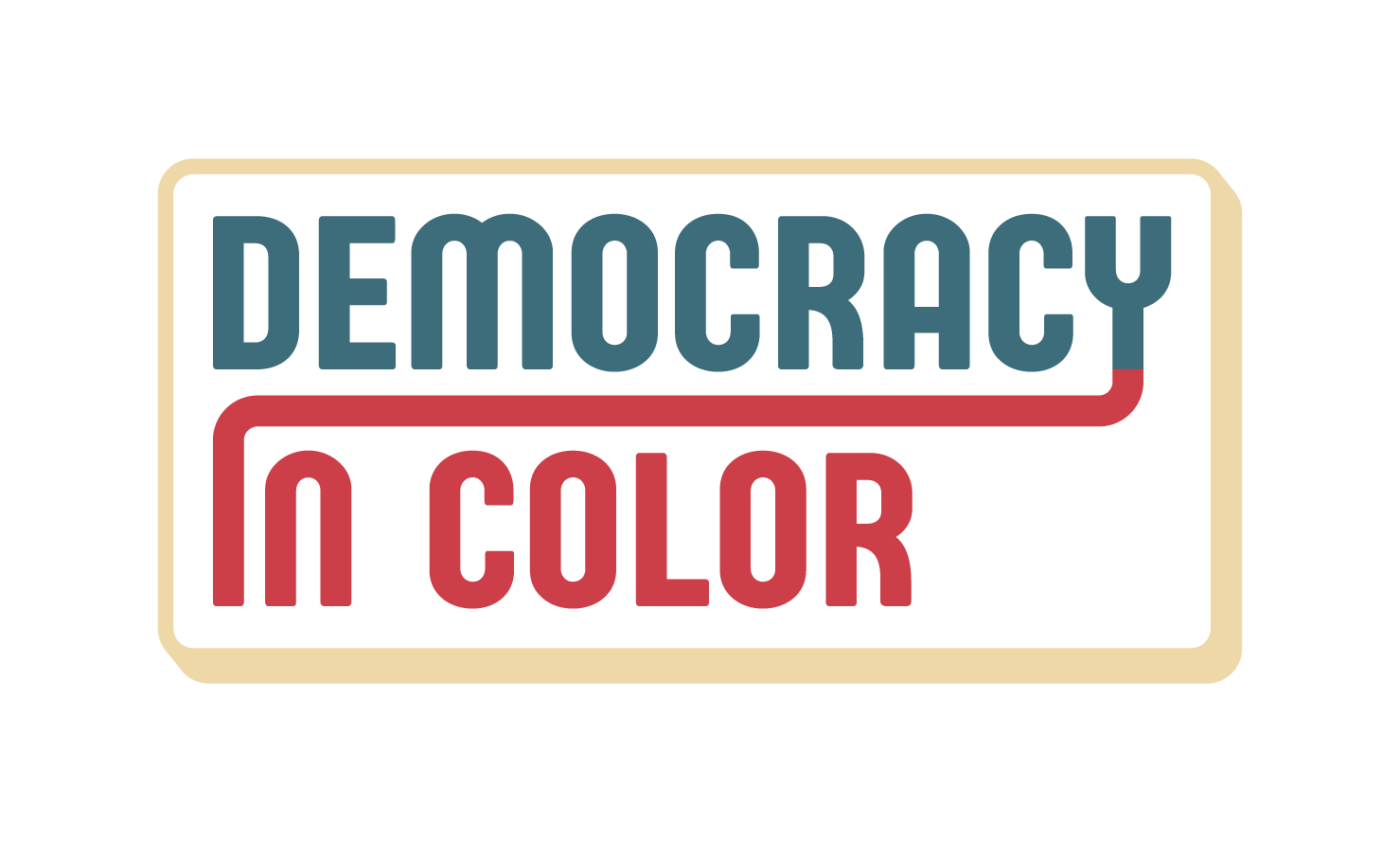The meaning of July 4th
By Steve Phillips
Two weeks ago, thousands of people around the country celebrated Juneteenth, commemorating the day enslaved people in Galveston, Texas found out they were free.
In the short period between Juneteenth and July 4th, the U.S. Supreme Court dismantled decades of progress towards freedom and equality for all, from allowing business owners to lawfully discriminate against LGBTQ+ people to gutting affirmative action in higher education.
Who gets to be an American?
These latest actions from modern-day Confederates engaged in a civil war to keep America a white Christian nation remind me of Frederick Douglass’ 1852 Independence Day speech titled, "The Meaning of July Fourth for the Negro" where he asked: “Do you mean, citizens, to mock me, by asking me to speak to-day?” Douglass’ words ring just as true today as they did 171 years ago, and the fight to define who gets to be an American continues as the majority of members of the Court champion and advance a minority agenda.
Despite these very real setbacks, however, we are still winning.
Not going backward in time
The truth is, the majority of people around the country want to advance justice and equality, and are not interested in going backwards in time. The Court also attacked Roe to force its minority agenda, but we’re watching that action backfire politically across the country, from Kansas and Michigan ballot measures to midterm results. As The 19th News’ Orion Rummler shared on our podcast recently, there is little proof that anti-LGBTQ+ or anti-abortion platforms worked for Republicans during the 2022 midterms.
Top 10% Plan
The decisions handed down by the Court in the last several days are gut-wrenching, to be sure. But from crisis comes opportunity, and to truly make progress towards racial justice we need policies that are far more imaginative and radical than affirmative action (which was a Nixon-era compromise in the first place).
One example of the kinds of creativity this moment demands can be found in Texas (yes, Texas). The state’s Top 10% Rule, for example, has been floated as a potential template for retaining diversity in higher education in the face of the Supreme Court’s decision.
The Top 10% program automatically admits anyone who graduates in the top 10% of their high school class into the state’s university school system. (That’s top 10% at every school, not just the top 10% of students across the state.) According to a 2021 data analysis report from the Intercultural Development Research Association, “the Top 10% Plan is the principal admissions driver for Latino, Black and Asian American students into UT-Austin, with 82% of admitted Latino students coming from the plan, 73% for Black students, 74% for Asian American students and 69% for White students in 2020.”
Creative and forward-looking solutions
While the program is not a standalone solution to increasing diversity, it offers an example of what creative and forward-looking solutions can look like.
Today’s modern-day Confederates are not stopping because they know that this country is changing rapidly, whether they like it or not. They also know that they’re on the losing side, and that’s why they’re fighting with such ferocity and resorting to such draconian measures.
Douglass’ question remains relevant as America celebrates its 247th year as an independent country: “Are the great principles of political freedom and of natural justice, embodied in that Declaration of Independence, extended to us?”
We have the power to change the answer to that question.

